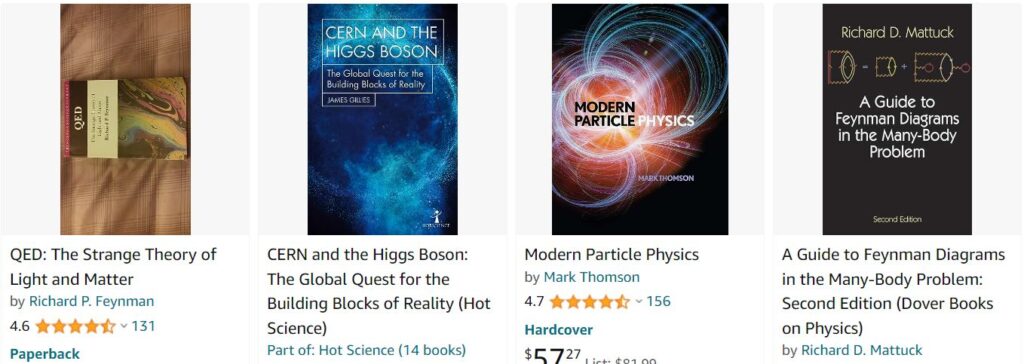
The discovery of the Higgs boson in 2012 slotted in the final missing piece of the Standard Model puzzle. Yet, it left lingering questions. What lies beyond this framework? Where are the new phenomena that would solve the universe’s remaining mysteries, such as the nature of dark matter and the origin of matter-antimatter asymmetry?
One parameter that may hold clues about new physics phenomena is the “width” of the W boson, the electrically charged carrier of the weak force. A particle’s width is directly related to its lifetime and describes how it decays to other particles. If the W boson decays in unexpected ways, such as into yet-to-be-discovered new particles, these will influence the measured width.
As the Standard Model precisely predicts its value based on the strength of the charged weak force and the mass of the W boson (along with smaller quantum effects), any significant deviation from the prediction would indicate the presence of unaccounted phenomena.
In a new study published on the arXiv preprint server, the ATLAS collaboration measured the W-boson width at the Large Hadron Collider (LHC) for the first time. The W-boson width had previously been measured at CERN’s Large Electron–Positron (LEP) collider and Fermilab’s Tevatron collider, yielding an average value of 2085 ± 42 million electronvolts (MeV), consistent with the Standard-Model prediction of 2088 ± 1 MeV.
Using proton-proton collision data at an energy of 7 TeV collected during Run 1 of the LHC, ATLAS measured the W-boson width as 2202 ± 47 MeV. This is the most precise measurement to date made by a single experiment, and—while a bit larger—it is consistent with the Standard-Model prediction to within 2.5 standard deviations (see figure below).
This remarkable result was achieved by performing a detailed particle-momentum analysis of decays of the W boson into an electron or a muon and their corresponding neutrino, which goes undetected but leaves a signature of missing energy in the collision event (see image above). This required physicists to precisely calibrate the ATLAS detector’s response to these particles in terms of efficiency, energy, and momentum, taking contributions from background processes into account.
However, achieving such high precision also requires the confluence of several high-precision results. For instance, an accurate understanding of W-boson production in proton-proton collisions was essential, and researchers relied on a combination of theoretical predictions validated by various measurements of W and Z boson properties.
Also crucial to this measurement is the knowledge of the inner structure of the proton, which is described in parton distribution functions. ATLAS physicists incorporated and tested parton distribution functions derived by global research groups from fits data from a wide range of particle physics experiments.
The ATLAS collaboration measured the W-boson width simultaneously with the W-boson mass using a statistical method that allowed part of the parameters quantifying uncertainties to be directly constrained from the measured data, thus improving the measurement’s precision.
The updated measurement of the W-boson mass is 80367 ± 16 MeV, which improves on and supersedes the previous ATLAS measurement using the same dataset. The measured values of both the mass and the width are consistent with the Standard-Model predictions.
Future measurements of the W-boson width and mass using larger ATLAS datasets are expected to reduce the statistical and experimental uncertainties. Concurrently, advancements in theoretical predictions and a more refined understanding of parton distribution functions will help to reduce the theoretical uncertainties. As their measurements become ever more precise, physicists will be able to conduct yet more stringent tests of the Standard Model and probe for new particles and forces. https://home.cern/news/news/physics/atlas-provides-first-measurement-w-boson-width-lhc








Recent Comments